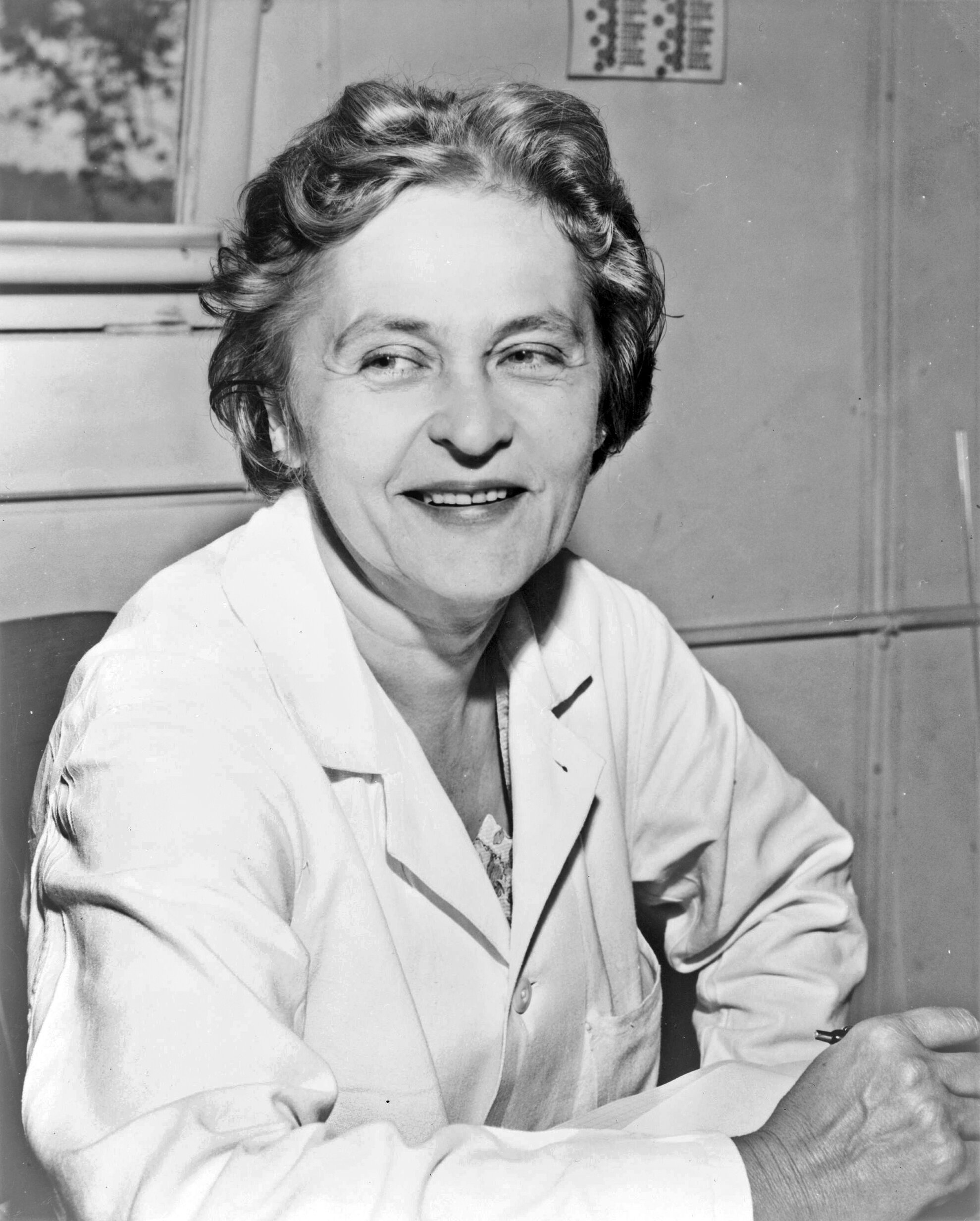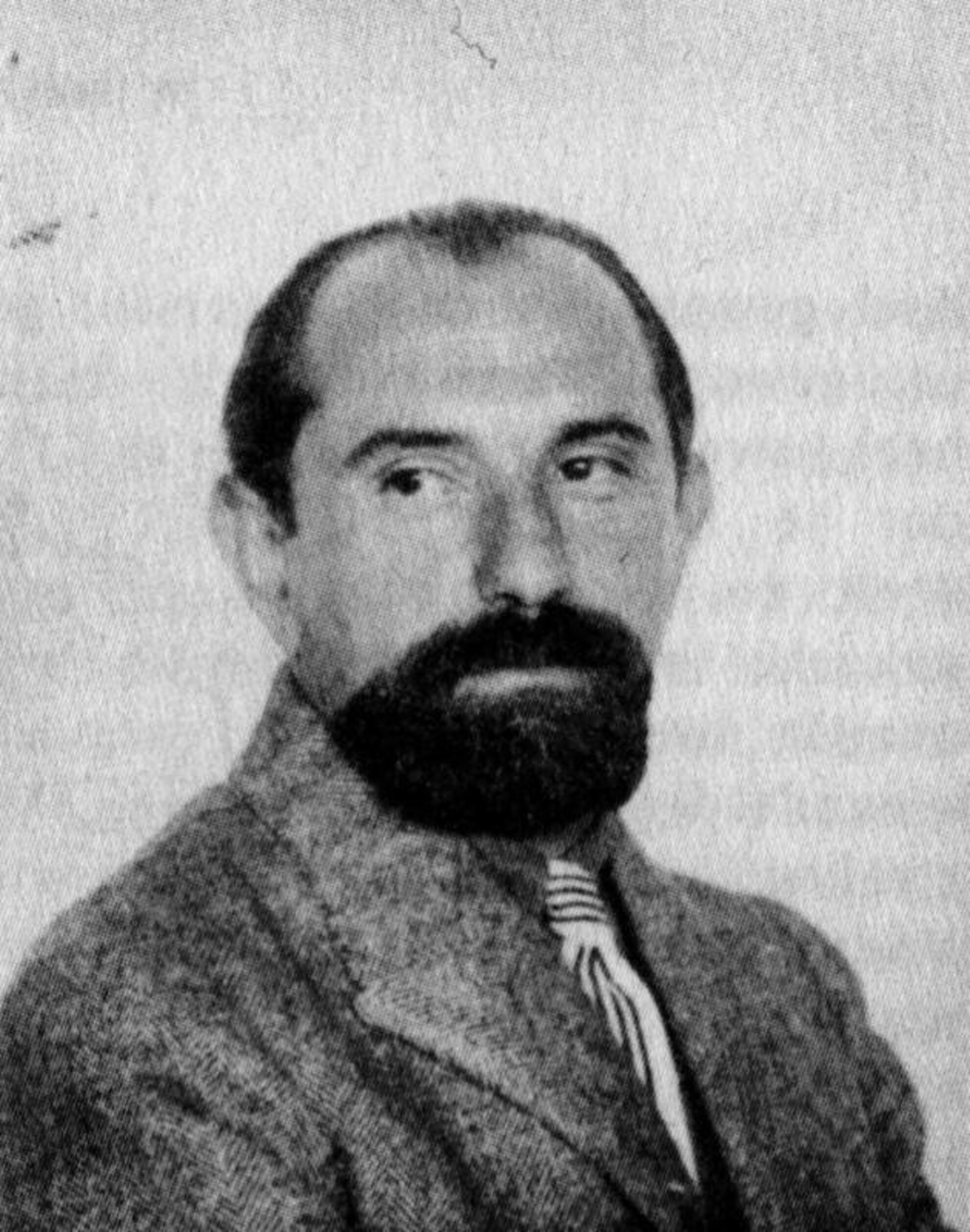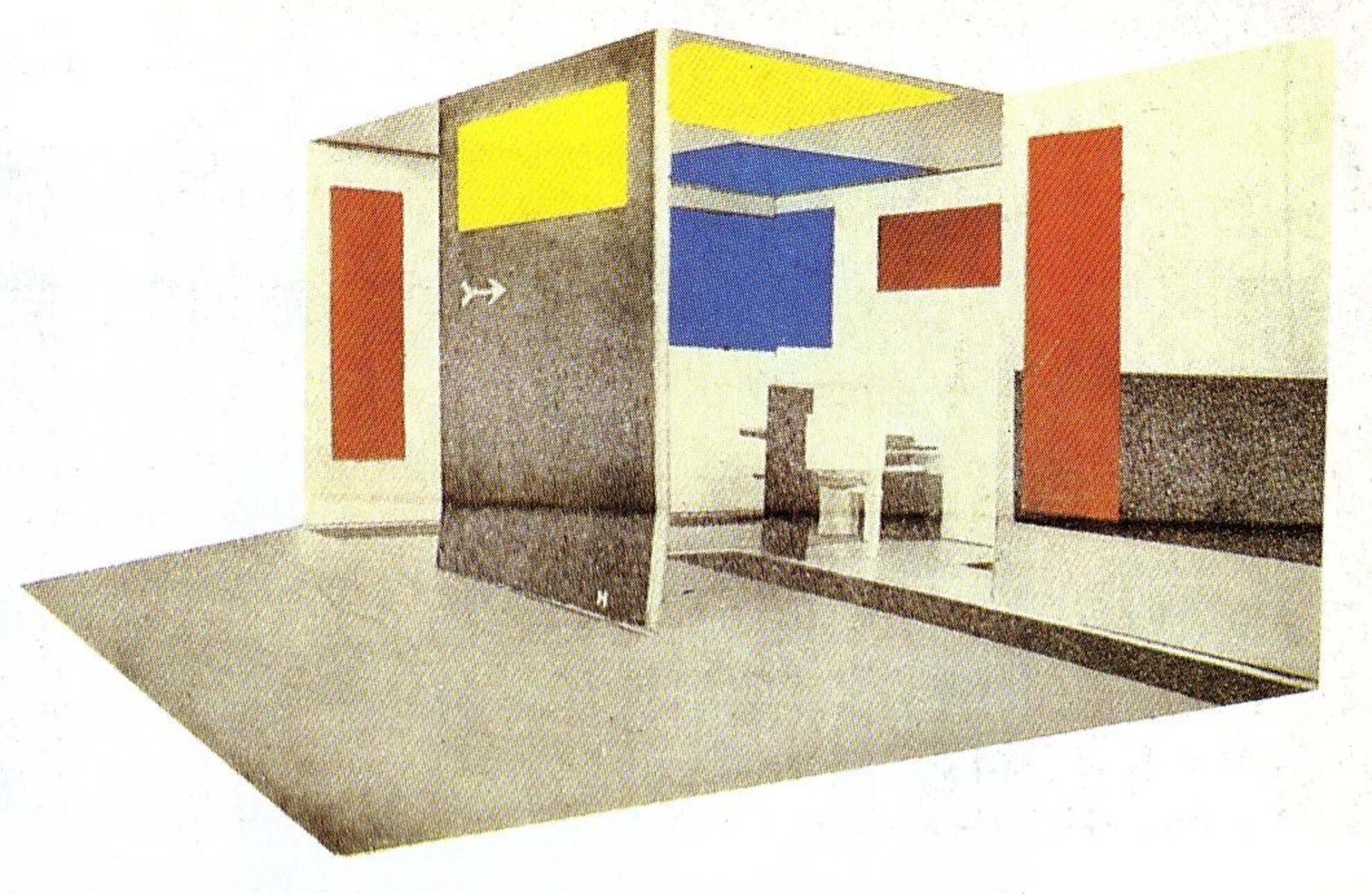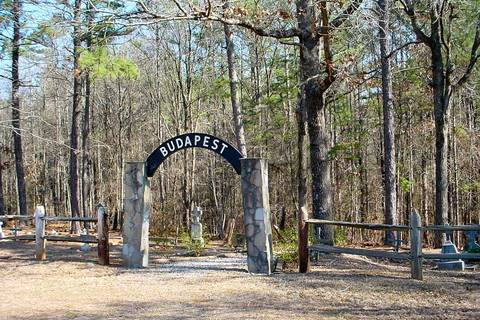The one who calculated the orbit of Apollo 11
Victor G. Szebehely (né Győző Szebehely, 1921-1997): born in Budapest, he graduated from the Budapest University of Technology in 1944, was an assistant professor until 1947, and then left for the USA. He started to study the three-body problem in Hungary. A fascinating area for space travel concerns how the orbits of interacting celestial bodies in space evolve. This essentially theoretical research became practical when the first space probes and satellites were built and the moon program was launched in 1961. Our sub-title is an exaggeration, of course, as
with some 400,000 people working on the moon landing, Szebehely was not alone in facing the problem.
He was still working at Yale University when he completed his in 1967, and it was probably thanks to this work that he was invited to Austin in 1968 to become a professor at the Department of Aerospace Engineering and Engineering Mechanics, where he made a significant contribution to the design of the Apollo 11 figure-eight path. Read more about his work here and watch the video above to see the orbit he calculated.
The Sun Queen
Mária Telkes (1900-1995): graduated from Budapest University (now Eötvös Loránd University) in 1920, and received her doctorate in Hungary, as well. From there she moved to America, where she began to work on solar energy,
and by 1934 was considered one of the most successful women in the USA.

In 1939, she moved to Boston, where she began researching the harnessing of solar energy. One of her most exciting patents is a portable solar still designed to desalinate seawater. The device came in handy for the US Army in the Second World War. Some 20 of her patents have been registered, mostly in the field of solar energy, but also in cold storage, which has revolutionised air conditioning. But it was the invention of solar heating systems for buildings that made her the true Sun Queen.
The one who made soda delicious and eating in space possible
Lajos Jókay-Ihász (1924-1993): it's an exciting and very 20th-century story of the late descendant of famous Hungarian writer Mór Jókai. He was born in Budapest, but later grew up on the family estate in Hathalompuszta and began his studies at the Royal Hungarian Agricultural College in Mosonmagyaróvár. However, due to the war, he was unable to complete his studies and had to flee home to prevent the Germans from destroying the family farm. Jókay soon realised that if the Russians won, there would be starvation, if the Germans won, there would be a reckoning,
so he rode on horseback to Austria, from where he travelled on to America.
He took an adventurous route to the USA, where he finished university and then went to work in Chicago at the US Army's Institute of Food Technologists, working on food that could be eaten in space. His work was so successful that John Glenn, the first American astronaut to orbit the Earth, consumed the food he developed on his journey, and his food is still used by the US military. The scientist didn't rest after his space expedition, and later,
he helped discover aspartame, a compound that is still widely used in soft drinks.
The one who created Pierre Cardin’s home
Antti Lovag (1920-2014): born in Budapest in 1920 to Russian and Finnish parents, he studied shipbuilding in Stockholm and became a pioneer of organic architecture in Paris, or as he called himself from the 1960s onwards, ahabitologist. Together with his colleagues Pascal Häusermann, Jean-Louis Chanéac, and Jacques Couëlle, he began to create houses inspired by nature and in harmony with the human body. This is how he came to the spherical form, and his designs even included furniture in the shape of a sphere.
He began designing his first Bubble Palace in 1968, and the construction took 30 years to complete, being declared a monument in 1998. His creation, the Palais Bulles, built between 1975 and 1991, was owned for many years by the famous fashion designer Pierre Cardin, who designed several exciting buildings on the French Riviera. Although famous in Paris and little known in Hungary, he considered himself Hungarian.
The one after whom a restaurant was named in the Netherlands
Vilmos Huszár (1884-1960): Although thanks to an exhibition a few years earlier, his painting Baccarat Game arrived in Budapest in poster form, and his painting The Ice Skater is equally entertaining, we cannot say that we know Vilmos Huszár's work to the extent of its significance. The painter was born in Budapest and, although he came into contact with the people of Nagybánya, he emigrated to the Netherlands in 1905 at the age of 21 and settled in The Hague. There, he met artists such as Theo van Doesburg and Piet Mondrian, and became a founding member of De Stijl, a journal that summarised the neoplasticism developing out of Cubism, but also gave space to other important avant-garde movements. Although Doesburg and Mondrian later drifted apart, the importance of the two artists and the magazine for Dutch art is undisputed.


However, Huszár should not be thought of as someone riding on great artists' coattails. Although many of his paintings are in private collections, his models with Gerrit Rietveld and his designs for the complete visual identity of the Virginia cigarette brand are also intriguing. Although much of his work is known only from photographs, most Dutch people know who Huszár was, and in Delft, there is a restaurant named after him in the very building where you can see a magnificent stained glass window he designed. In The Hague, his work has been shown in several collections and is in foreign institutions such as the Thyssen-Bornemisza National Museum in Madrid and the MoMA in New York.






